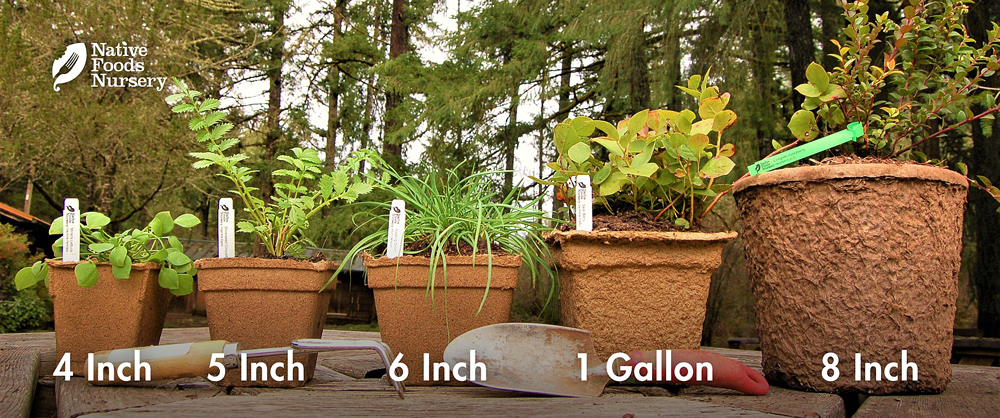Spreading Wood Fern is a perennial Western forest fern with ornamental fronds and an edible rootstock.
Edible Uses
The Spreading Wood Fern is a native food with a long history of use. The rhizomes are bitter when eaten raw, but after cooking they are said to develop a rich, sweet flavor that has been compared to sweet potatoes.
Ornamental Qualities
The Spreading Wood Fern is at home in moist conifer forests, shady stream banks and rocky sub-alpine forests. It has delicate finely-divided, dark green fronds that are roughly triangular in shape. They make an excellent shade plant and will thrive on the dark and damp northern sides of a houses where little else will grow. Alternative they make an excellent understory plant in moist forests, especially where the soil is acidic, like under conifers.
Environment and Culture
Commonly associated with streams and damp forests as well as rocky alpine crevices, the Spreading Wood Fern thrives wherever it has shade, moisture and acidic soils. They will grow well with other acid lovers like Evergreen Huckleberry, Serviceberry, Buffaloberry, Salal and alongside fellow ferns like Fiddlehead Fern. Make sure to chose a shady, damp location for your Spreading Wood Ferns, preferably with acidic soil. The plants will propagate from spores as well as division from new growth.
Northwest Native American tribes today still deeply value this special plant. The wood fern remains the preferred edible fern species of various coastal NW Native American groups. Despite great cultural losses, they continue to work towards restoring ecologies throughout the region, to steward important plants like this and sustain their cultural heritage and wisdom. These strong and recovering peoples and plants deserve our respect, gratitude, and reparations. (Learn more & how to help on our Charitable Giving page.)
Harvest, Care, and Preparation
The roots and fronds converge into a multi-stemmed rootball that is often compared to a pineapple in appearance. It's said to be best to harvest the rhizomes in autumn, carefully digging up the pineapple-like root-stalk. Roots that are dull and dark are not very good eating. Instead, look for thick, white, living roots. Break these off and place the root-ball back in the ground so it will continue to grow. Peel off the rough, dark exterior to reveal the softer, lighter parts.
Slow cook the rhizomes in a crockpot at a low temperature for up to 24 hours. They can be eaten like a potato or, once cooked, added to soups or stews.
Native Range: CA, OR, WA, ID, BC
USDA zones:
Ease of Care: Easy, when grown in the right conditions
Deer Resistance: High
Light Requirements: Full Shade-Part Shade
Soil Type: Grows best in acidic clay soils.
Water Requirements: Moist-Wet
Pollination: Self Fertile
Bearing Age: N/A
Size at Maturity: Up to 3 Feet
Harvest Time: Fall/Winter
Pot Sizing Guide
